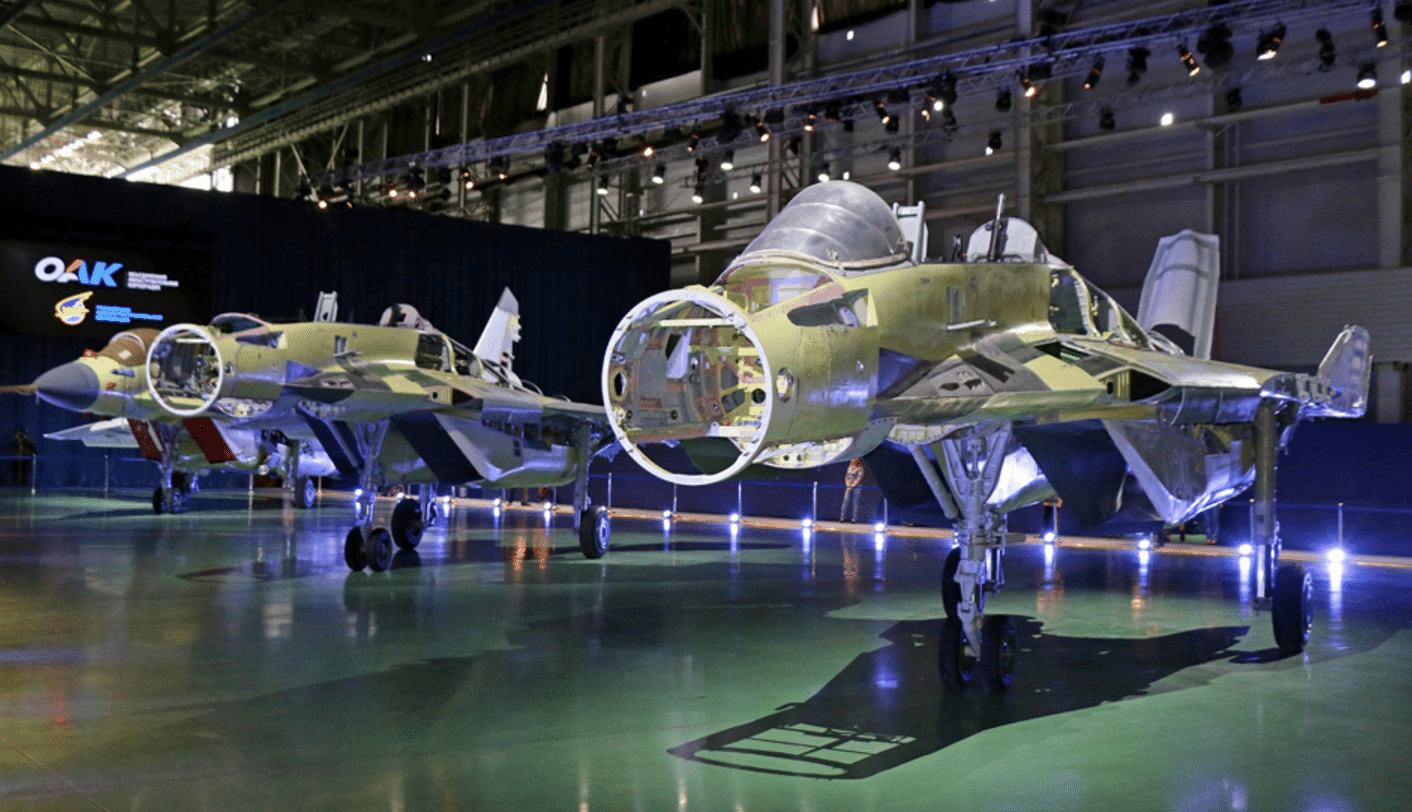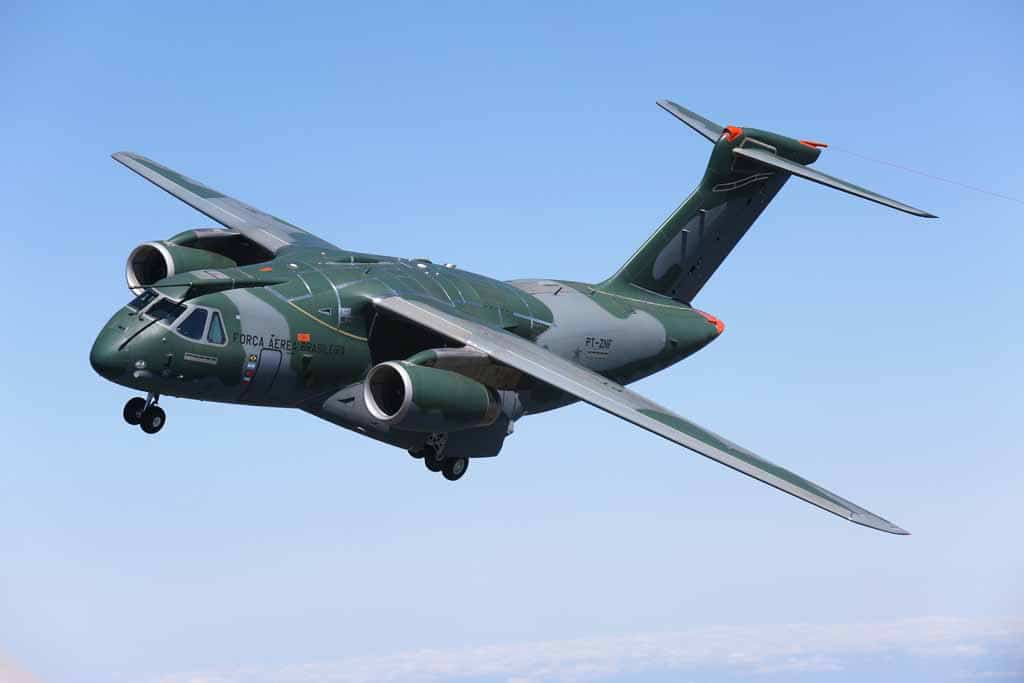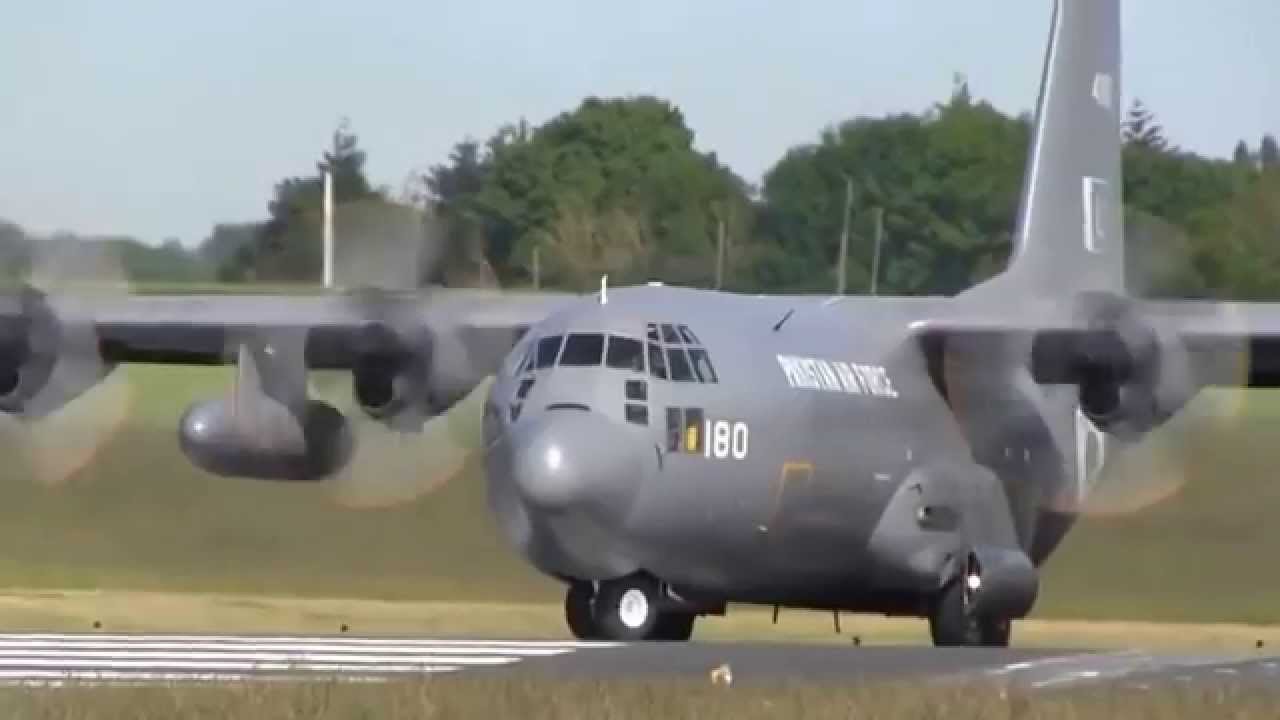2292Views 7Comments

IDEX 2017: The UAE and Russia plan to co-develop a next-gen fighter
The United Arab Emirates and Russia’s United Aircraft Corporation (UAC) have agreed to collaborate on the development of a lightweight next-generation fighter.
The agreement was signed at the 2017 International Defence Exhibition and Conference (IDEX), which is taking place in Abu Dhabi in the United Arab Emirates.
Russia’s Minister of Industry and Trade Denis Manturov said (via the Russian News Agency TASS), “We’ve signed an agreement on industrial cooperation in the field of military engineering. This will enable us to push ahead with the fifth-generation-jet project, in which the UAE will participate.”
The program is in its preliminary stages, with the two sides have yet to decide on whether the new fighter would be single-engine or twin engine. However, UAC will be developing a fifth-generation design.
As per Sergei Chemezov, the chief executive officer of Rostec, the Russian industry group representing UAC, told local media (The National) that the two sides will commence work on the fighter in 2018.
Notes & Comments:
This is a substantial step for the UAE defence industry. There is certainly a dearth in emerging fifth or next-generation fighter solutions on the market, with the Lockheed Martin F-35, Shenyang Aircraft Corporation FC-31, and UAC T-50 in late-stage form, and the Turkish Aerospace Industries (TAI) TFX and the Korea Aerospace Industries (KAI) KFX in early conceptual or design stages.
The Russian-Emirati fighter will likely emerge with the TFX and KFX, but it may be aiming to compete on the same cost and accessibility grounds as the SAC FC-31. It would be in the interests of both the UAE and Russia to expand the funding pool, thus the prospect of additional partners, potentially in North Africa and/or Central Asia, to share development costs and provide production scale is plausible.
Broadly, this could also mark a shift in the UAE’s defence planning. The UAE has yet to finalize an order for multi-role fighter aircraft to complement its Lockheed Martin F-16E/F Block-60 and Mirage 2000-9. It would be significant if the UAE is pursuing its program with Russia in lieu of imports from the United States or Western Europe. First, the shift would denote confidence to a bespoke development (instead of an off-the-shelf solution). Second, it would be a pivot away from Western platforms.
However, it could also be an effort on the UAE’s part to export aircraft, especially in markets that will have difficulty to access next-generation fighters from the West. This is a valid approach, but the lack of local scale could be an issue, though Russia could opt for it to complement the T-50.



7 Comments
by Omar Dar
The very last line is actually an interesting point, as India is also involved in the T-50 program and considering UAE’s growing fondness for the indians, it would be an easy fit. But the Emiratis will probably get swindled out of their money, as that program is already burning cash and both parties need money.
by Donny G
Why UAE?
by Saptarshi Dasgupta
Russian stealth technology is still very primitive and in terms of AESA radars and electronic warfare russia still has a long way to go. When our Air force evaluated PAK-FA and Rafale they found stealth on rafale and its spectra to be better that what is on Pak-fa. So for FGFA , the Indian version of Pak-fa IAF has suggested 43 modifications.
UAE is not being sold F-35 and does not want to get Rafale like Qatar and Egypt and Eurofighter like Saudi and Oman so they would rather invest on F-16 Block 60 which are really very good and would then give money to Russians to develop full stealth aircraft. Russians lack funding. Amodel similar to Block 60. Today F-16 Block 60 and Block 70 are so advanced and can even take on Rafale and Eurofighter in BVR combat with its AESA, Fibre optic databus and powerful IRST and EW , only because of UAE money. So with Russian research and UAE money we can have a world beater. A fighter that can beat F-35 since Russia has really made progress in Thrust Vectoring and Wide Area cockpit display technology.
by TV Monitor
Russia has technology but no money.
UAE has money.
by Halz
National Interest is reporting that UAE signed a deal to buy and co-produce Su-35s.
by Umar
I think when it comes to stealth fighter only US and China have capability to make a fighter modify it ,etc ….Russia is working hard but even Western experts don’t really accept that pak-fa is completely stealthy ….However where China lacks Russia has more to offer jet engines ….While China is struggling to produce a credible jet engine for j20 and j31 Russia has time to master stealth technology and compete against China in 5th gen fighter ….When you look at European countries you can understand that how hard it was for them to complete euro typhoon program so starting 5gen program maybe even more difficult …They will definitely go for f35
by Saptarshi Dasgupta
china has not mastered many fifth generation technology like jet engines, electronic warfare, aesa and even full stealth technology. China has managed to make its jets look stealthy by copying F-22 and F-35 but stealth is much more than looks. RAM coatings, exact angles for radar wave deflection, and exact contours China is yet to master. If you see J-31 it gives smoke from rear side because of the rd-33 derivative engine. J-20 has huge canards. Russian PAK-FA is slightly better than both chinese jets since russian stealth and avionics (even though not at par with US standards) are more mature than chinese( a reason why china went for su-35). In Stealth technology USA is much ahead followed by Russia and China..other countries do not even come close. the f-35 partners (barring israel and britain) won’t be getting completely stealthy f-35. even britain and israel have been denied many technologies. Through cyber espionage china got many detalis which will help them…DONT SEE ANY COUNTRY REACHING US LEVEL OF STEALTH IN NEXT 15 YEARS…..